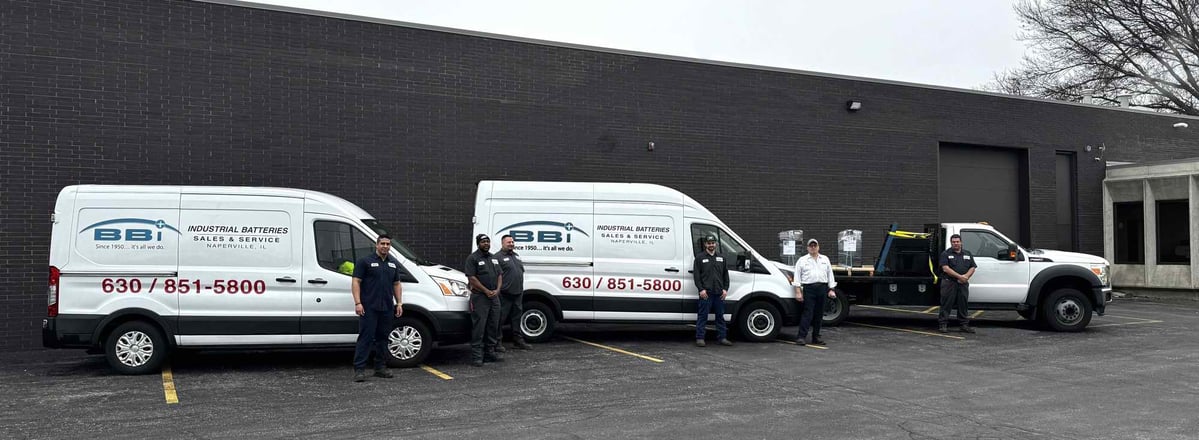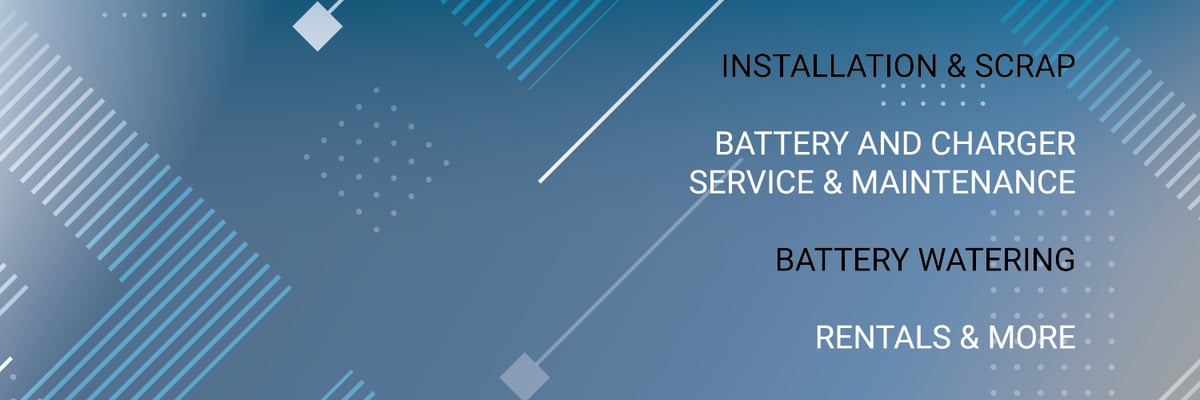
Understanding Forklift Batteries Connections
Forklifts play a vital role in various industries, from warehouses forklift batteries to construction sites. They are powered by specialized batteries that not only provide the necessary energy but also require careful handling and connection management to ensure optimal performance. In this 80 volt flat plate forklift batteries article, we delve into the intricacies of forklift battery connections, shedding light on their importance, types, maintenance, and troubleshooting tips.
Understanding Forklift Batteries
Forklift batteries are robust energy sources specifically designed for the demands of heavy-duty lifting and towing tasks. Unlike standard automotive batteries, these batteries—often lead-acid or lithium-ion—are built to endure deep discharges and frequent recharging cycles.
Types of Forklift Batteries
- The most common type used in forklifts.
- Affordable and widely available.
- Requires regular maintenance.
- Gaining popularity due to efficiency.
- Longer lifespan and less maintenance.
- Higher initial cost but often justifies with performance.
- Less common today but still in use.
- Known for rapid charging capabilities.
- Environmental concerns regarding disposal.
Components of Forklift Batteries
- Positive Plate: Conducts electricity; often made of lead dioxide.
- Negative Plate: Collects electrons; typically made of spongy lead.
- Electrolyte: A mixture of sulfuric acid and water that facilitates chemical reactions.
- Separator: Prevents the plates from touching, which could cause short circuits.
Understanding Forklift Batteries Connections
Properly connecting forklift batteries is essential for ensuring safety, efficiency, and longevity. Incorrect connections can lead to electrical failures or even catastrophic incidents like fires or explosions.
Importance of Proper Connections
- Poor connections can generate heat, leading to potential hazards.
- Proper connections ensure maximum energy delivery from the battery to the motor.
- Well-maintained connections prevent corrosion and damage over time.
Identifying Battery Terminals
It's crucial to recognize the different terminals on a forklift battery:
- Positive Terminal (+): Often marked with a red cover or symbol.
- Negative Terminal (-): Usually features a black cover or symbol.
How to Connect Forklift Batteries Safely
Common Connection Issues and Solutions
Forklift operators might encounter various issues related to battery connections that can affect performance:
Corrosion Build-Up
Corrosion at battery terminals is a common issue due to the acidic environment around 48 volt flat plate forklift batteries lead-acid batteries.

Solution:
- Regularly clean terminals using a mixture of baking soda and water.
- Apply petroleum jelly post-cleaning as a protective layer against future corrosion.
Loose Connections
Over time, vibrations can cause battery terminals to loosen, leading to intermittent power loss.
Solution:
- Regular checks should be performed on all connections ensuring they are snugly fitted.
Worn Out Cables
Damaged or frayed cables can inhibit power delivery from batteries to forklifts.
Solution:
- Inspect cables routinely for any signs of wear and replace them as needed.
Forklift Battery Maintenance Tips
Maintaining forklift 36 volt flat plate forklift batteries batteries involves more than just ensuring proper connections:
1. Regular Charging
Ensure that batteries are charged appropriately based on usage patterns—ideally during off-hours when forklifts aren’t in operation.
2. Water Levels
For lead-acid batteries, checking water levels regularly is crucial since low water levels can damage plates:
- Always refill with distilled water only after charging has been completed!
3. Equalization Charging
This process balances voltages across individual cells within lead-acid batteries:
- It’s recommended every few months depending on usage frequency!
Troubleshooting Common Battery Connection Problems
Sometimes things don't go as planned despite your best efforts! Here’s how you can troubleshoot some common issues:
1. Dim Lights/Weak Performance
If your forklift exhibits weak performance or dim lights:
- Check for loose cable connections or corroded terminals!
2. Overheating
If your battery gets excessively hot during operation:
- Turn it off immediately! Inspect for poor ventilation around the battery compartment!
FAQs About Forklift Battery Connections
Q1: How often should I check my forklift battery connections?
A1: It's advisable to inspect them weekly or before each shift if your operations are heavy duty!
Q2: Can I use standard automotive batteries in my forklift?
A2: No! Forklifts require specialized deep-cycle batteries designed for repeated discharge cycles!
Q3: What should I do if I notice corrosion?

Q4: Why does my forklift stop working suddenly?
A4: This could indicate loose cables, dead cells in your battery pack, or an impending need for replacement!
Q5: Is it safe to connect two different types of forklift batteries together?
A5: No! Mixing different types can result in incompatibility issues leading potentially dire safety hazards!
Q6: How do I know when it's time for a new battery?
A6: If you frequently experience decreased performance despite good maintenance practices—it may be time for an upgrade!
Conclusion
Understanding forklift battery connections isn’t just about knowing how to hook them up; it encompasses maintaining their health through regular inspections and cleaning practices that ultimately contribute significantly towards operational efficiency and safety standards within your workplace environment! By following proper protocols outlined here—alongside regular upkeep—you'll ensure your forklifts run smoothly while extending their lifespan greatly through proper care taken with their respective power sources—their mighty batteries!
In conclusion, whether you're operating a fleet of forklifts daily or managing occasional use cases—having comprehensive knowledge about "Understanding Forklift Batteries Connections" will empower you towards making informed decisions enhancing productivity overall within your operations while prioritizing safety above all else!